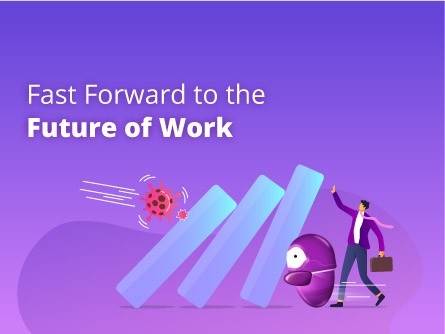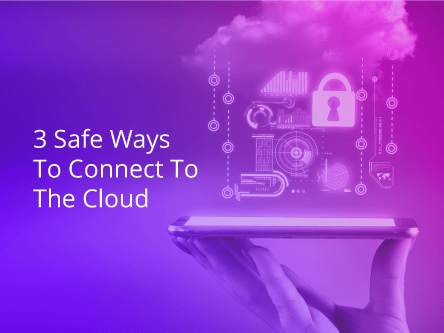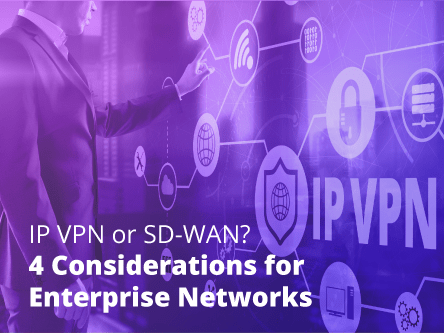In only three months, the world is forced to rewrite the rules for how people live and work. We’ve seen both the devastation that a virus can cause as well as its impact on our daily lives. In addition to our preparedness for the COVID-19 pandemic, we’ve also been looking closely at how user behaviours are being shaped by lockdowns and quarantines across the world. All day across LinkedIn and other social media platforms, people are sharing their stories about life working remotely, and we’re seeing the repercussions across the telecom ecosystem.
The future of work is closer than we’ve ever imagined, and the internet has become so much more precious now.
What exactly is happening?
Businesses are reinforcing their network to ensure staff are able to login to digital services and collaborate effectively. IP traffic is spiking around the world as people work from home and accessing cloud-based applications via their home network. Global internet exchanges are feeling the heat from the surge in internet usage. These infrastructures are now playing an essential role in the efficient management of IP traffic as the internet is now under strained.
On March 11th, DE-CIX Frankfurt set an all-time record for traffic on its internet exchange with more than 9.1 Terabits per second. The London Internet Exchange (LINX) is seeing peaks of more than 4.10 Terabits per second in March. While the Amsterdam Internet Exchange (AMS-IX) saw 20% increase in traffic on March 18th 2020, compared to February 18th 2019.
At the same time, unified communications (UC) and collaboration tools are seeing increasing growth as people stay connected with colleagues and carry on with work. Since January 2020, FreeConferenceCall.com saw account creations increase by 42% in the UK, 3442% in Italy, 68% France, 83% in South Korea, 121% in Spain, 94% in Germany and 393% in Japan. Minutes volumes have grown across its global network since January 2020, with existing users using conference calling more frequently, and a rise in new users. The situation is placing immense pressure on the network and the demand for bandwidth capacity to support Voice over IP (VoIP) has grown in response to the increased use.
Some of these UC companies have even asked users to stagger conference calls to ensure that network congestion doesn’t hurt the overall user experience.
Even traditional voice is seeing a resurgence. An AT&T representative told the GSMA’s publication Mobile World Live that voice calls on Sunday, 22nd March increased 44% compared to a regular Sunday, while Wi-Fi calling jumped 88%.
At Epsilon, we have been seeing spikes in both inbound and outbound voice traffic while voice termination is steadily growing in emerging markets such as Indonesia. People globally are taking advantages of all these services including traditional phone services. The future of work is really all about communication and collaboration, using readily available capabilities to create the same synergy outside the office.
It is also a sore reminder for companies to invest in their network to support these services whether they operating as usual or in the midst of a crisis.
Enabling a Step Change
It is a unique time where the underlying network infrastructure is shown to be absolutely critical for businesses to stay up and running. Something at the back of the mind is now front and centre as businesses demand for more network bandwidth capacity to keep their staff and customers connected.
Epsilon is ready to support customers with capacity upgrades due to the increased in network traffic. Be it getting short-term, large bandwidth capacity for interconnecting data centres or peering at internet exchanges, our network is ready to serve those needs. Our goal is to help ensure that applications and services that are enjoyed by users across the globe remain connected with the best possible user experience.
We believe that one of the results of our collective experience during this pandemic is greater preparedness for the future of work enabled by robust and flexible networking.
Now that users have seen what is possible, there may be no going back. For all that’s worth, it has drastically changed the way we view our workplaces and interactions via apps and services available to us.
As an industry, it is up to us to keep the world at work and people connected.







